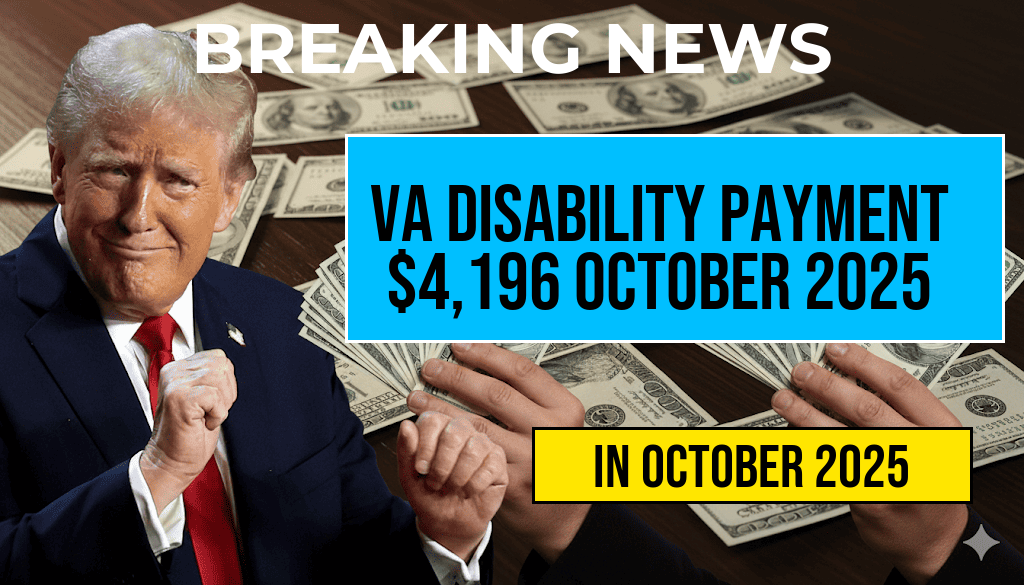The Supplemental Nutrition Assistance Program (SNAP), the cornerstone of federal food assistance for millions of Americans, is set to undergo a significant overhaul this October, resulting in the elimination of benefits for many recipients. This policy shift follows recent legislative changes aimed at reducing government expenditures amid economic recovery efforts, but it raises concerns about increasing food insecurity among vulnerable populations. According to federal officials, the move is intended to promote self-sufficiency and reduce dependency on government aid, though critics warn it could have adverse social and economic impacts. The change will primarily affect households that rely heavily on SNAP benefits, with some estimates suggesting that hundreds of thousands of individuals nationwide may be impacted as the new rules take effect.
Details of the SNAP Benefits Reduction
Scope of the Policy Change
The upcoming overhaul primarily targets eligibility criteria and benefit calculations. Under the new guidelines, certain categories of recipients—particularly those with higher incomes within the program’s limits—will see reductions in their monthly assistance. Additionally, some households that previously qualified for benefits based on temporary circumstances will no longer be eligible, as stricter work and income requirements are enforced.
Implementation Timeline
The changes are scheduled to take effect starting October 1, 2024. Federal agencies have been preparing outreach campaigns to inform affected households, emphasizing the importance of updating income information and exploring alternative support options. State agencies will oversee the rollout and ensure that eligible recipients understand how their benefits may change.
Impact on Recipients and Food Security
Potential Increase in Food Insecurity
Advocacy groups and social service organizations warn that the reduction could significantly increase food insecurity levels, especially among low-income families, seniors, and individuals with disabilities. The USDA Food and Nutrition Service estimates that nearly 40 million Americans rely on SNAP, with many households already operating on tight budgets. Removing benefits could force difficult choices between food, housing, and healthcare, exacerbating existing hardships.
Economic Effects on Local Communities
Beyond individual households, reductions in SNAP benefits could ripple through local economies. Increased food insecurity often correlates with decreased consumer spending, affecting grocery stores, food banks, and local employment. A report from the Urban Institute suggests that reductions in nutrition assistance may lead to higher demand for emergency food programs and social services, straining already limited resources.
Government Rationale and Criticism
Justifications for the Overhaul
- Promoting Self-Sufficiency: Officials argue that stricter work requirements encourage employment among able-bodied recipients.
- Reducing Federal Spending: The policy aims to cut costs by limiting benefits to those deemed able to support themselves.
- Aligning with Workforce Goals: The administration claims that the overhaul aligns with broader efforts to enhance workforce participation.
Critics’ Concerns
- Increased Food Insecurity: Many experts believe the reduction will leave vulnerable populations without adequate nutrition.
- Potential for Long-Term Negative Outcomes: Reduced access to healthy food can affect children’s development and adults’ productivity.
- Disproportionate Impact on Marginalized Groups: Critics highlight that marginalized communities, including minorities and rural residents, may face disproportionate hardships.
Alternatives and Support Measures
Community and State-Level Responses
Some states and non-profit organizations are exploring supplementary programs to fill the gap left by SNAP reductions. Initiatives include increased funding for local food banks, expanded nutrition education, and employment assistance programs tailored to mitigate the impact of the policy change.
Federal Support Options
While the federal government maintains that the overhaul is necessary for fiscal responsibility, recipients are encouraged to review other aid programs, such as the Temporary Assistance for Needy Families (TANF) and community-based resources, to supplement their food security needs.
Looking Ahead
As October approaches, the full effects of the SNAP benefits elimination remain uncertain. Policymakers, advocacy groups, and affected families are closely monitoring the implementation, with ongoing debates about the balance between fiscal responsibility and social safety nets. The coming months will reveal the extent to which these changes influence food access and economic stability for millions across the United States.
Frequently Asked Questions
What is the reason for the elimination of SNAP benefits in October?
The SNAP benefits are being eliminated in October due to an overhaul of the program, which aims to update eligibility criteria and budget allocations, leading to the removal of certain benefits.
Who will be affected by the elimination of SNAP benefits?
Individuals and families currently receiving SNAP benefits in regions affected by the policy change will be impacted, especially those whose eligibility was based on specific income or household criteria.
Will there be any alternatives or support for those losing SNAP benefits?
Some support programs or local assistance initiatives may be available to help those affected, but it is recommended to check with local social services for specific resources and guidance.
When exactly will the SNAP benefits be eliminated?
The elimination is scheduled to take effect starting in October, with the changes implemented throughout the month as part of the program overhaul.
How can individuals prepare for the upcoming changes to SNAP benefits?
Individuals should review their current eligibility status, explore alternative assistance programs, and stay informed through official government updates to ensure they are prepared for the upcoming changes.








